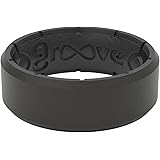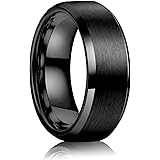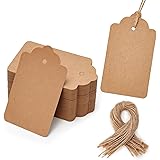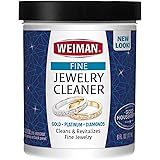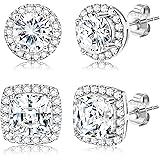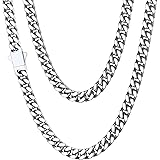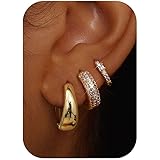The gold jewelry value per ounce is determined by several factors, including the purity and weight of the item. The price of the gold metal itself, market circumstances and news about political and social events affect its monetary value. However, a precious metals appraiser will also take into account other elements that are not necessarily tied to the pure metal content of a piece of jewelry. These elements might include marketing, packaging or official grading from a reputable third party.
While the value of paper currency can be volatile in short periods, the price of gold has remained stable over many years. This has made it a popular choice for investors and consumers who wish to pad their portfolios with a hedge against inflation. In addition, gold’s rarity and beauty have made it a desirable material for jewelry and other fine goods.
Most of the time, people selling their gold will want to receive as much for it as possible. They will take it to various fine jewelers, gold buyers and pawn brokers near them for a quote on the items they have for sale. This process can be a bit complicated, though, because many of these companies use different weight measurements for their calculations. Most of these companies use grams instead of pennyweight, which can make a huge difference in the amount that is paid for an item.
If you are bringing your jewelry to a gold buyer, it is best to weigh your pieces first on a scale that measures in grams. This way, you will know exactly how much each piece is worth before the seller takes it away. A basic food scale is often sufficient for this purpose, but you can also purchase a scale that is specifically designed to measure in grams. This will be easier for you to calculate in the long run.
Once you have the total gram amount for each piece of jewelry, you can then determine its karat. Most of the time, a piece of jewelry will be marked with the purity mark, such as “24k.” This indicates that it is at least 24 percent pure gold. You can also test your jewelry by dropping it in a glass of water. If it floats, it is likely real gold; if it sinks, then it may be only gold plated or some other metal, such as silver.
Then, simply multiply the karat amount by the gold jewelry rate per ounce to get the price of the item. If you have a 3 gm, 14k gold item, for example, and gold is currently at $400 per troy ounce, this means the item has a value of approximately $1.49. You will also need to factor in the jeweler’s markup, of course. This is typically around 10-20% of the total cost of the piece. This will vary from store to store, but is a good place to start. You can avoid being overcharged by shopping at reputable dealers with a strong reputation online.
